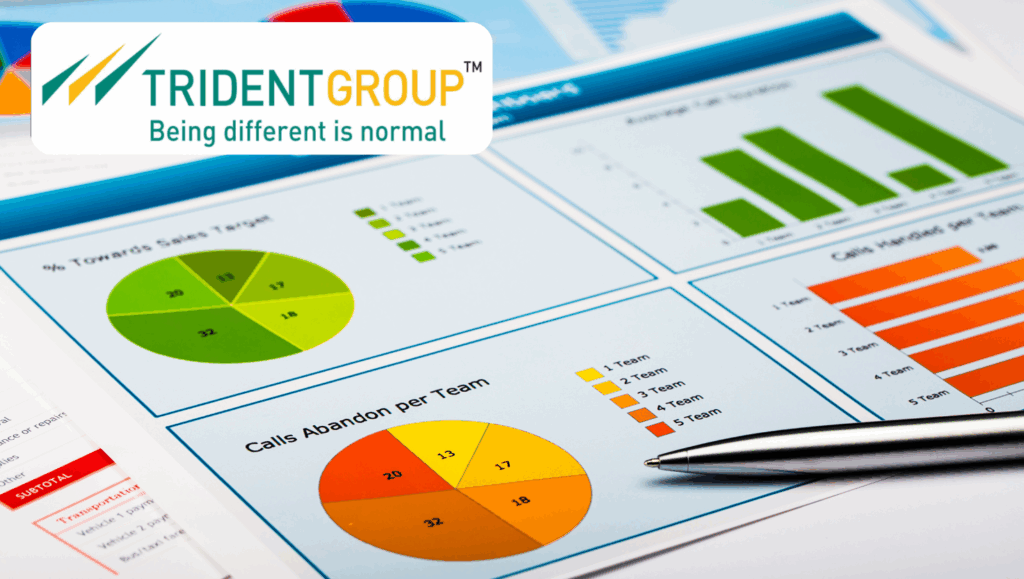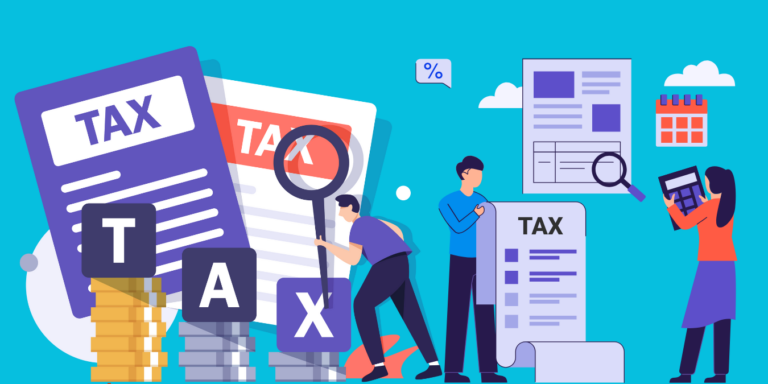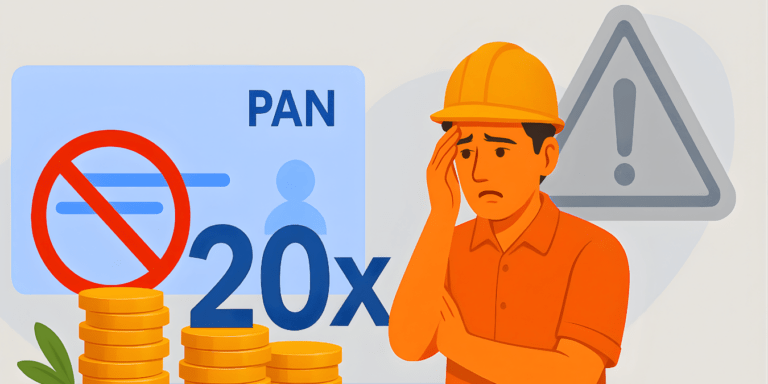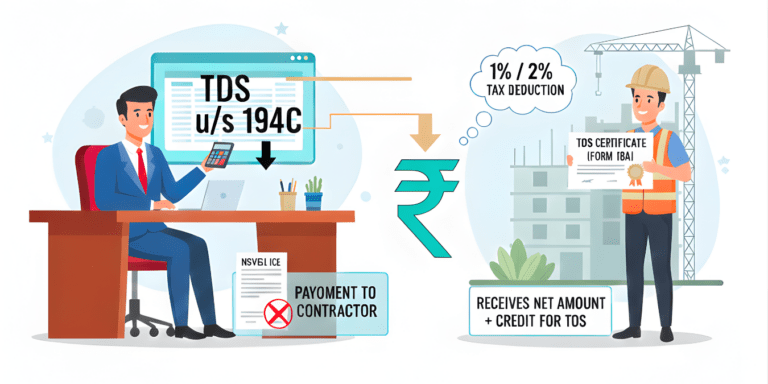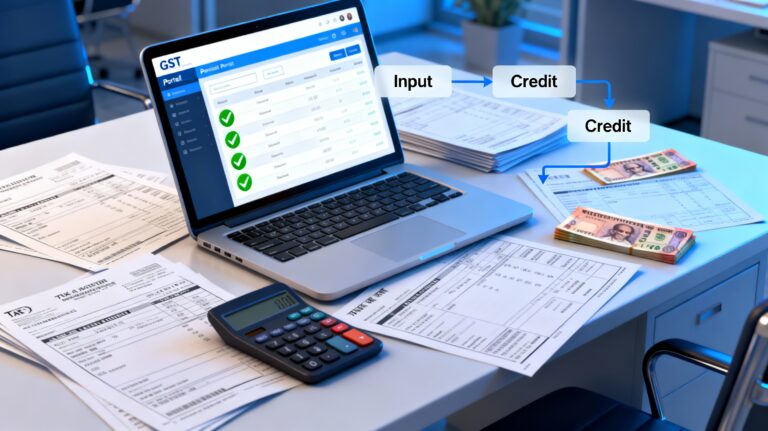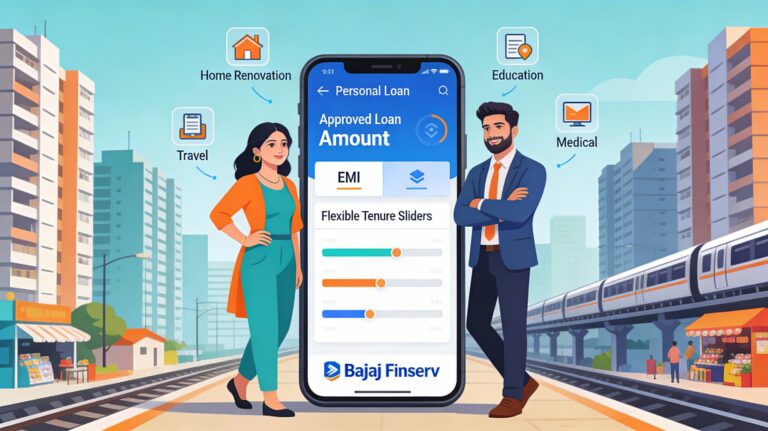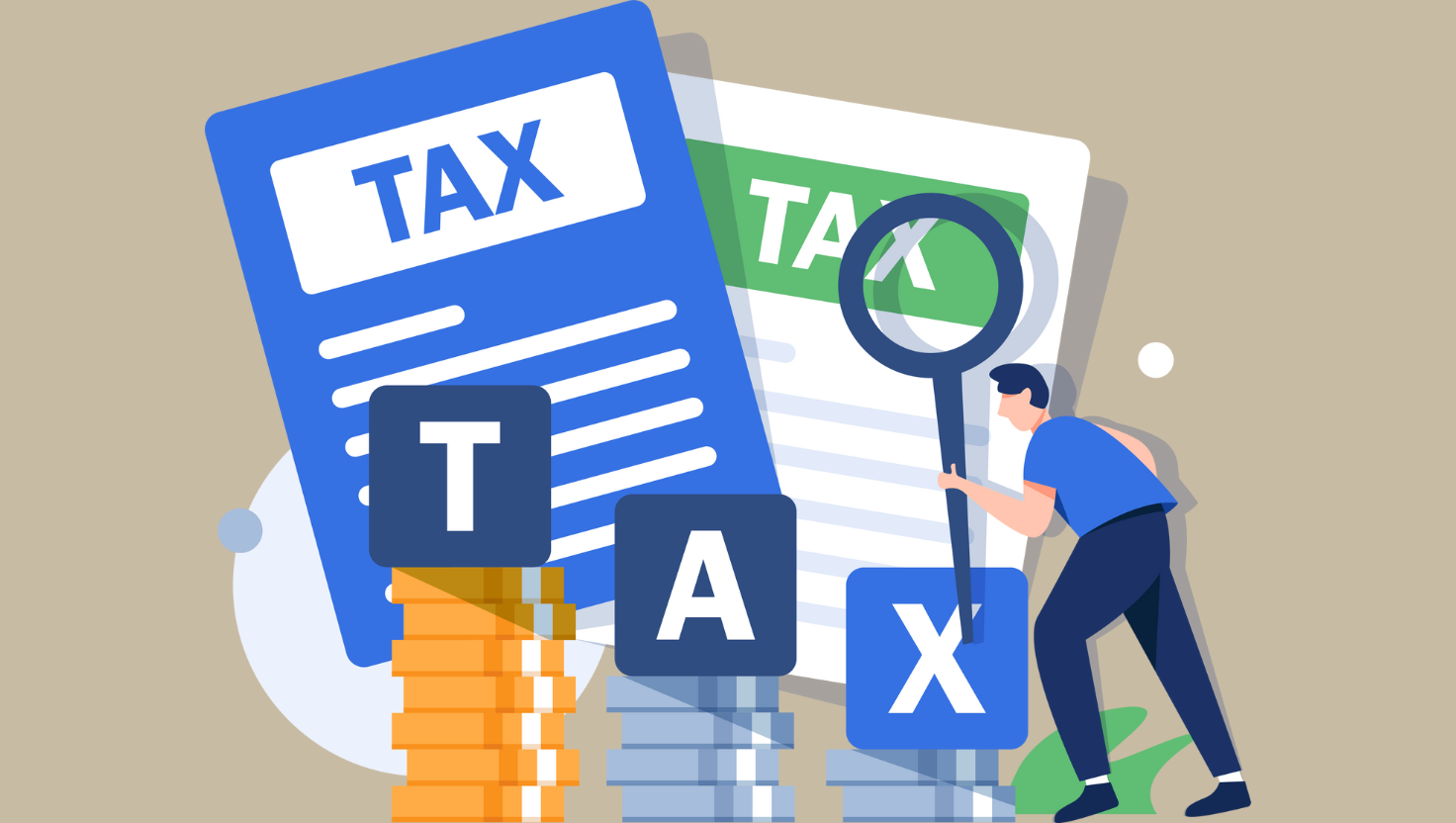
As the September 15, 2025, ITR deadline nears, India’s taxpayers face a suspenseful challenge: navigating AIS errors in crypto, gig income, and foreign remittances. Social media buzz on X reveals duplicate entries threatening refunds and triggering penalties. Can you outsmart these tax traps? Discover the Income Tax Department’s 2025 feedback tools to verify AIS, dodge notices, and secure your refund. Act now to master ITR filing, ensure compliance, and join millions in transforming chaos into financial clarity before the deadline strikes!
As the Income Tax Return (ITR) filing deadline for Assessment Year (AY) 2025-26 looms on September 15, 2025, a wave of urgency ripples through India’s taxpayer community. This year, the spotlight is on the Annual Information Statement (AIS), a critical tool that has transformed tax compliance but also sparked widespread concern due to errors and duplicate entries. Social media platforms, particularly X, have become a sounding board for taxpayers voicing their frustrations—cases of misreported crypto gains, duplicate mutual fund entries, and missing gig economy income are rife. The Income Tax Department has responded with robust support mechanisms, but the stakes are high. Mismatches could lead to notices, penalties, or delayed refunds, making AIS verification a non-negotiable step in 2025. This blog dives into the heart of these changes, offering actionable insights, suspenseful twists, and a roadmap to navigate the evolving tax landscape with confidence.
The AIS Revolution: A Double-Edged Sword
The Annual Information Statement (AIS), introduced as a successor to Form 26AS, is a game-changer in India’s tax ecosystem. It aggregates financial data from banks, mutual funds, property registrars, and other sources into a comprehensive profile of your financial activity. For AY 2025-26, AIS covers an unprecedented range of transactions, reflecting Budget 2024’s push for transparency. From traditional income like salaries and bank interest to modern streams like crypto currency gains and gig economy earnings, AIS is the backbone of accurate ITR filing.
But here’s the twist: the very breadth of AIS makes it prone to errors. Duplicate entries, misreported incomes, or missing data can inflate your tax liability or trigger scrutiny. As CA Ajit Mehta from Mumbai noted on X, mutual fund transactions often appear twice—once via depositories like NSDL and again through intermediaries like CAMS. Such discrepancies, if ignored, could lead to notices under Section 139(9) or penalties up to 200% of unpaid taxes. The suspense lies in whether taxpayers can catch these errors before the September 15 deadline.
New AIS Data Fields: What’s Changed in 2025?
The 2025 AIS introduces several new fields, reflecting India’s evolving financial landscape. These additions demand meticulous verification to ensure your ITR aligns with official records. Here’s what’s new:
- Cryptocurrency Transactions: For the first time, AIS captures detailed crypto gains, including long-term and short-term capital gains and TDS under Section 194S for transactions over ₹50,000. With India’s crypto market booming, misreporting here could trigger notices. Cross-check your crypto exchange statements meticulously.
- Gig Economy and Freelance Income: Income from ride-sharing, freelancing, content creation, or tutoring now appears under specific compliance codes. If you’re a gig worker, ensure these earnings match your bank records, as many overlook this new category.
- Insurance Commissions and Maturity Proceeds: Budget 2024 updates require AIS to report insurance commissions and policy maturity proceeds. These often go unnoticed, risking underreporting. Verify against your insurance documents.
- Foreign Remittances and Dividends: Outward remittances, foreign currency purchases, and overseas dividends are now tracked. If you’ve invested abroad, reconcile these with your bank and broker statements to avoid discrepancies.
- High-Value Transactions: AIS flags credit card spends, cash deposits, rental income (Section 194-IB TDS), and capital gains from mutual funds or securities. These must align with your financial records to prevent mismatches.
- Expanded Capital Gains Reporting: Post-July 23, 2024, capital gains from stocks, mutual funds, and crypto must be split based on transfer dates due to new tax rules. This adds complexity, so verify dates and amounts carefully.
These fields reflect the government’s drive for transparency but also amplify the risk of errors. Download your AIS from the Income Tax e-filing portal and compare it against personal records to sidestep penalties.
How 19 More Banks Can Save You Lakhs in Property Tax — But Most Sellers Don’t Know?
Invest in IndusInd Bank Fixed Deposits with 7.5% Interest Rates
New Unified Pension Scheme to Launch from April 1, 2025: With a Guaranteed ₹10,000 Monthly Pension
₹5 Lakh UPI Limit Revolution: Unlock High-Value Payments This September!
AIS Feedback Window: Timing Is Everything
The 2025 AIS feedback process has evolved, offering taxpayers more time but demanding early action. The Central Board of Direct Taxes (CBDT) extended the ITR filing deadline from July 31 to September 15, 2025, acknowledging delays in TDS reflections and system upgrades. This extension, coupled with stakeholder feedback from groups like the Chandigarh Chartered Accountants Taxation Association (CCTAX), emphasizes proactive AIS verification.
Since May 2024, the Income Tax Department introduced real-time feedback tracking on the Compliance Portal. You can now monitor when your feedback on AIS errors is shared with data providers (e.g., banks or brokers) and view their response status—‘Accepted’ or ‘Rejected.’ This transparency eliminates guesswork but requires you to act early. Feedback corrections can take days or weeks, especially for complex issues like duplicate mutual fund entries. Delaying could shrink your ITR filing window, risking errors or penalties.
Pro Tip: Start verifying AIS in July or August to leverage the full feedback cycle. This ensures corrections are reflected before the September 15 deadline, minimizing last-minute stress.
Late TDS Updates: A Refund Roadblock
Late-updated Tax Deducted at Source (TDS) details in AIS can throw a wrench in your refund plans. If TDS data from employers or banks updates after you file your ITR, mismatches arise, halting refund processing. The Income Tax Department verifies these discrepancies, which can delay refunds by weeks or even months. Typically, refunds take 4-5 weeks post-filing, but unresolved TDS issues can extend this significantly.
If you spot late TDS updates post-filing, you may need to submit a revised return under Section 139(5), further delaying refunds. To avoid this, verify AIS and Form 26AS early, using the feedback mechanism to correct errors. For instance, if your employer’s TDS deposit is delayed, raise a feedback request promptly to ensure it reflects correctly before filing.
Real-Life Hook: Imagine waiting for a ₹50,000 refund to fund your child’s education, only to learn it’s stuck due to a TDS mismatch. Early AIS checks can prevent such heartaches.
Social Media’s Role: A Taxpayer Uprising
Social media, especially X, has become a powerful platform for taxpayers to highlight AIS woes. CA Himank Singla’s post on August 13, 2025, urged deadline extensions due to portal glitches and delayed utilities, echoing a sentiment shared by thousands. Users reported AIS download failures, slow portal performance, and duplicate entries—like mutual fund gains appearing via both depositories and distributors. These posts aren’t just rants; they’re a wake-up call for taxpayers to act swiftly.
The emotional resonance is palpable. Taxpayers, from salaried professionals to gig workers, feel the pressure of navigating a complex system under tight deadlines. X posts reveal stories of sleepless nights and anxiety over potential notices. Yet, this digital outcry has prompted the Income Tax Department to enhance support, making AIS verification a shared journey of vigilance and empowerment.
The Department’s Response: A Beacon of Support
The Income Tax Department has risen to the challenge with clear pathways to resolve AIS discrepancies:
- Feedback Mechanism: Log into the e-filing portal, access the AIS section, and navigate to the Compliance Portal’s ‘SFT Information’ tab. Mark erroneous entries as “information is not fully correct” to initiate corrections.
- Real-Time Tracking: Monitor feedback status on the Compliance Portal, ensuring corrections are completed before filing.
- Helpdesk Support: For complex issues, email [email protected] with your PAN and mobile number or call the toll-free AIS Help Desk at 1800-103-4215.
These tools empower taxpayers to correct errors without escalating to legal complications, fostering voluntary compliance. The department’s swift refund processing—some reported credits within 10 hours—highlights its commitment to efficiency when data aligns.
The High Stakes: Why AIS Verification Is Non-Negotiable
Ignoring AIS errors can unleash a cascade of consequences:
- Notices and Scrutiny: Mismatches may trigger notices under Section 139(9) (defective returns), Section 143(1)(a) (adjustments), or Section 148 (income escaping assessment).
- Refund Delays: Discrepancies halt refund processing, delaying funds critical for personal or business needs.
- Penalties and Interest: Late filings incur fees of ₹1,000-₹5,000 under Section 234F, plus 1% monthly interest on unpaid taxes under Section 234A.
- Loss of Benefits: Missing the September 15 deadline prevents carrying forward losses (e.g., from stock market trades) and opting for the old tax regime.
Early verification mitigates these risks, ensuring compliance and peace of mind. The department’s data shows 3.67 crore ITRs filed by August 25, 2025, with 3.54 crore verified—proof that proactive taxpayers are reaping rewards.
Navigating the 2025 Tax Maze: Actionable Tips
To conquer AIS verification and ITR filing, follow this checklist:
- Download AIS Early: Access it via the Income Tax e-filing or Compliance Portal in July or August.
- Cross-Verify Data: Match AIS entries against bank statements, Form 16/16A, demat accounts, and crypto exchange records. Pay special attention to new fields like crypto and gig income.
- Submit Feedback Promptly: Use the Compliance Portal to flag errors or duplicates. Track status to ensure corrections before filing.
- Report All Income: Include income not in AIS, like foreign dividends or unreported freelance earnings, to avoid underreporting penalties.
- Leverage Support: Contact the AIS Help Desk or email support for unresolved issues.
- File Early: Submit your ITR well before September 15 to avoid portal slowdowns and ensure faster refunds.
Stunning Suggestion: Set a calendar reminder for July 1, 2026, for next year’s AIS verification. Make it a ritual to stay ahead of the tax curve.
The Suspenseful Twist: Technology vs. Complexity
The AIS’s integration of diverse data sources—banks, crypto exchanges, gig platforms—is a technological marvel but a double-edged sword. The inclusion of crypto and gig income reflects India’s digital economy boom, yet it strains the system. Portal outages and slow performance, as reported on X, highlight the growing pains of this ambitious infrastructure. The suspense lies in whether tech upgrades can keep pace with increasing complexity, ensuring a seamless filing experience by 2026.
Tax forms have also grown more intricate. New requirements, like landlord PAN for HRA claims or policy numbers for insurance deductions, demand precision. Budget 2024’s capital gains split (pre- and post-July 23) adds another layer of scrutiny. Taxpayers must navigate this maze with vigilance, as errors could cost thousands in penalties.
Emotional Resonance: A Collective Responsibility
Beyond compliance, AIS verification is a civic act. Each corrected entry strengthens India’s tax system, funding public services like healthcare, education, and infrastructure. Social media’s role in amplifying taxpayer voices—through posts like CA Chirag Chauhan’s call for portal fixes—marks a shift toward participatory governance. This collective vigilance transforms a daunting process into a shared mission, fostering trust and transparency.
For many, tax season evokes anxiety—fear of notices, refund delays, or penalties. Yet, every taxpayer who verifies AIS and files early becomes a hero in this narrative, contributing to a fairer, more equitable fiscal future. The emotional stakes are high, but so is the reward: financial clarity and national pride.
Final Thought: Your Tax Destiny Awaits
The 2025 ITR filing season is a crucible where technology, diligence, and civic duty collide. The AIS, with its expanded scope and potential pitfalls, demands your attention now. By verifying data early, leveraging the Income Tax Department’s tools, and filing before September 15, you can turn complexity into opportunity. This isn’t just about avoiding penalties—it’s about securing your financial peace and fueling India’s growth. As the deadline nears, take control, verify your AIS, and file with confidence. In this dance of data and deadlines, every accurate return is a step toward a stronger, transparent India. Will you lead the charge?












